Diamonds have been a symbol of luxury for years now and for all the right reasons. When it comes to buying diamonds, one thing that’s integral to this stone is assessing the 4Cs – Cut, Color, Clarity, and Carat. Among them, the cut of the diamond somehow is considered the most important one in the lot.
Not only does it depict the quality of the diamond, but it also puts special emphasis on the brilliance, fire, and sparkle of the diamond. This explains why you must pay close attention to the cut of the diamond before you finalize the purchase.
If you are curious to unfold more details about the diamond cut and the kind of significance it holds concerning purchasing diamonds, you have come to the right place.

Understanding the Basics of the Diamond Cut
Before we individually break down details about the different diamond cuts, it makes sense for you to pay special emphasis on understanding the basics. So, let us start with the anatomy of the diamond.
A typical diamond consists of the following elements:
- Table – Flat, top surface of the diamond.
- Crown – Top portion above the girdle.
- Girdle – Narrow rim separating the crown and the pavilion.
- Pavilion – Lower portion beneath the girdle.
- Culet – Small facet located at the bottom of the diamond.
These are some of the basic factors you need to prioritize when you are exploring the anatomy of a diamond, especially when it comes to exploring the cut of the diamond.
While we are on the topic of the diamond’s design and shape, it makes sense for us to understand its correlation with the remaining of the 4Cs. What kind of interplay do they have? While the color, carat, and clarity play a vital role, it is the cut of the diamond that determines how the facet interacts with light, thereby influencing the sparkle and brilliance of the diamond.
What are the Popular Diamond Cuts?
Next on the list of discussion are the different types of diamond cuts. The categories are diverse, which means that you have a lot of options to choose from. This explains why people are often quite confused when it comes to distinguishing between the different cuts of diamonds.
So, once and for all, let us clarify all the confusion lingering in your mind.
1. Round brilliant cut
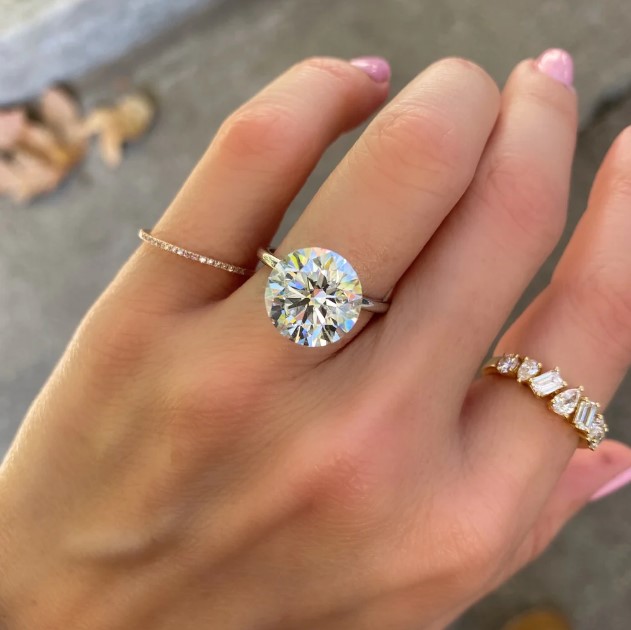
When it comes to discussing the classic choice of diamond cuts, the round brilliant cut is considered the standard norm and for the right reasons. The 58 facets in this cut of diamond are so strategically placed that they help reflect the light for maximum shine and brilliance from within. The sparkle in this cut of diamonds is unparalleled and something that you have to think of when making the purchase.
2. Princess cut
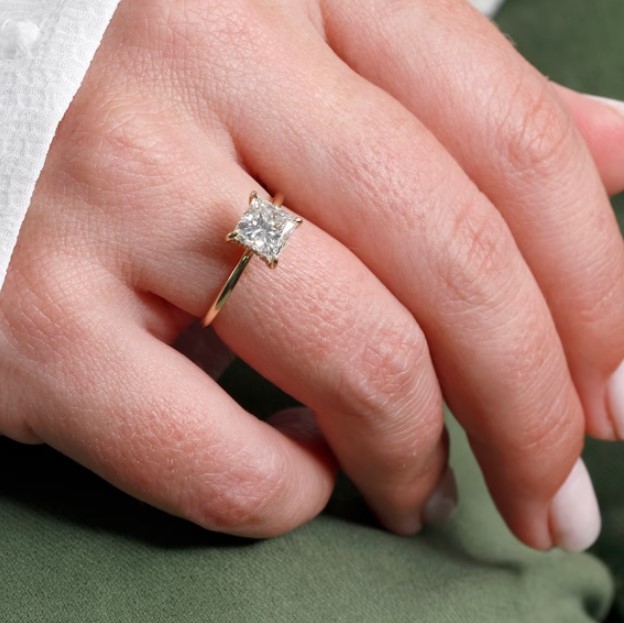
Next on the list is the princess-cut diamond, which is usually square or rectangular with pointed corners. This cut of diamonds is gaining a lot of popularity and precedence among the current generation that is more inclined towards chic, minimal, and modern-looking diamonds, especially for their engagement rings. It combines the brilliance of a round cut with a contemporary square shape, making it an excellent choice.
3. Emerald cut
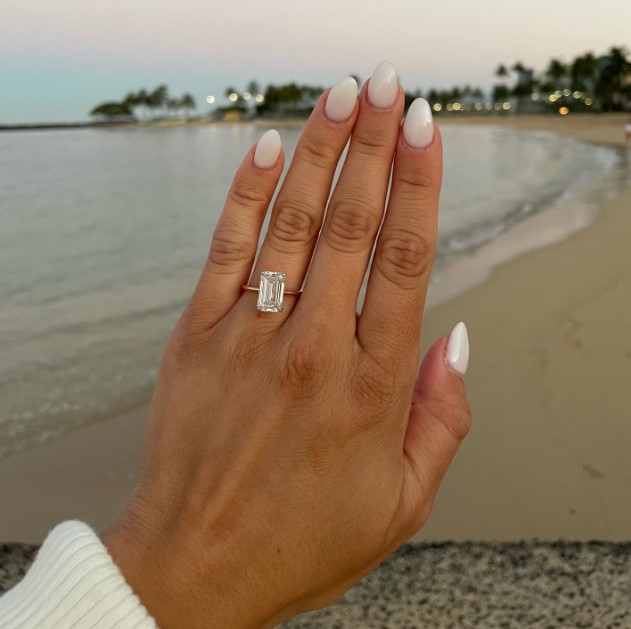
Characterized by the rectangular shape, this one in particular has cut corners and a step-cut design, which puts clarity over brilliance. So, when it comes to finding eye-clean diamonds with subtle sparkle, this is the cut that you need to look for.
4. Asscher cut
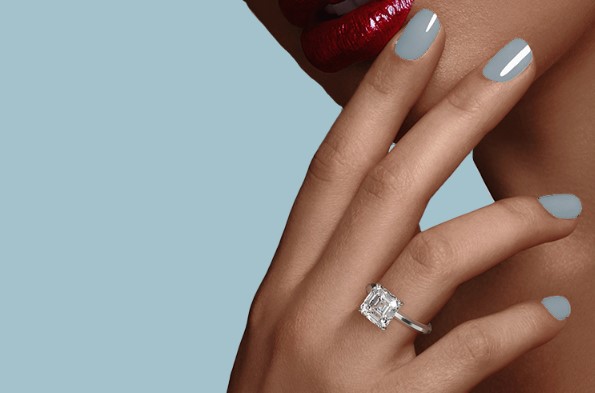
The Asscher cut diamond is probably the most different of them all. It is perfect for the ones who like the sleek, vintage, and rustic charm in their engagement rings. It has a smaller table with larger facets, which adds to the brilliance and premium look of the diamond-like no other.
5. Radiant cut

Sometimes, making a choice becomes difficult, so what if you get the best of both worlds? The radiant cut blends in the elegance of the emerald cut with the round brilliant cut, offering a very premium look to the engagement ring you are likely purchasing. It features trimmed corners, further adding to the sparkle of the diamond-like never before.
6. Oval cut
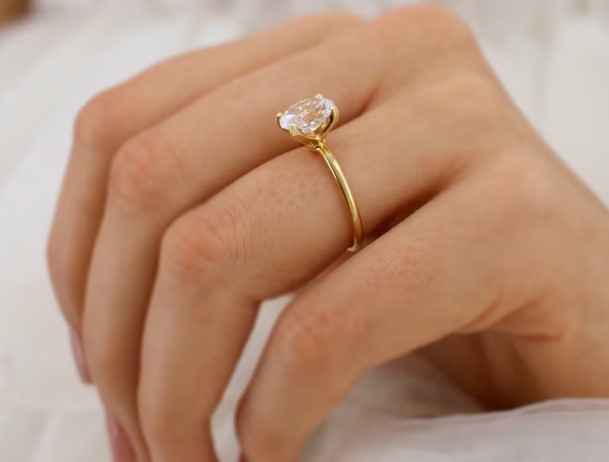
Although fairly underrated, the oval cut isn’t everyone’s favorite but deserves a shoutout nonetheless. The elongated shape often makes the diamond look “bigger” despite being of the same carat weight as the other kinds of diamonds with different cuts. So, if you want a “bigger” looking diamond on a lesser budget, this is it.
7. Marquise cut

Another underrated yet chic cut of diamonds that deserves a shoutout is the marquise cut. It features pointed ends and an elongated shape, the marquise cut is reminiscent of a boat’s hull. This cut not only maximizes the diamond’s surface area but also creates a flattering and elongating effect on the wearer’s finger.
8. Pear cut

This one is a combination of the round and Marquise cut, which often resembles the shape of a teardrop. So, if you are looking for some uniqueness to your diamond purchase, this one in particular is a diamond cut that you wouldn’t regret indulging in at all.
9. Heart cut
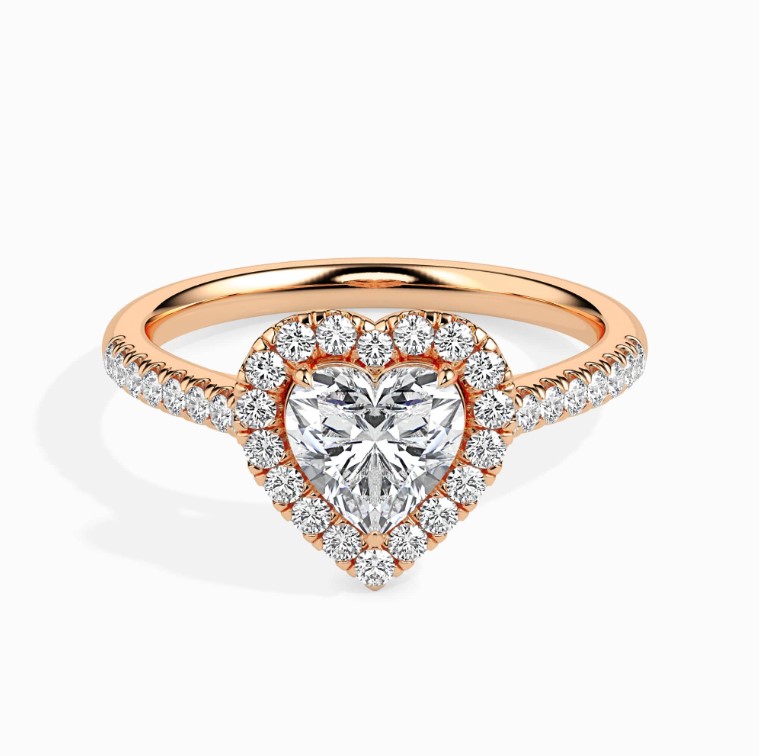
You can never go wrong with anything heart-shaped, so when it comes to diamonds, the story is no different. Symbolizing love and romance, the heart cut is a distinctive choice that requires skilled craftsmanship. The challenge lies in creating a symmetrical heart shape while maximizing the diamond’s brilliance.
10. Cushion cut
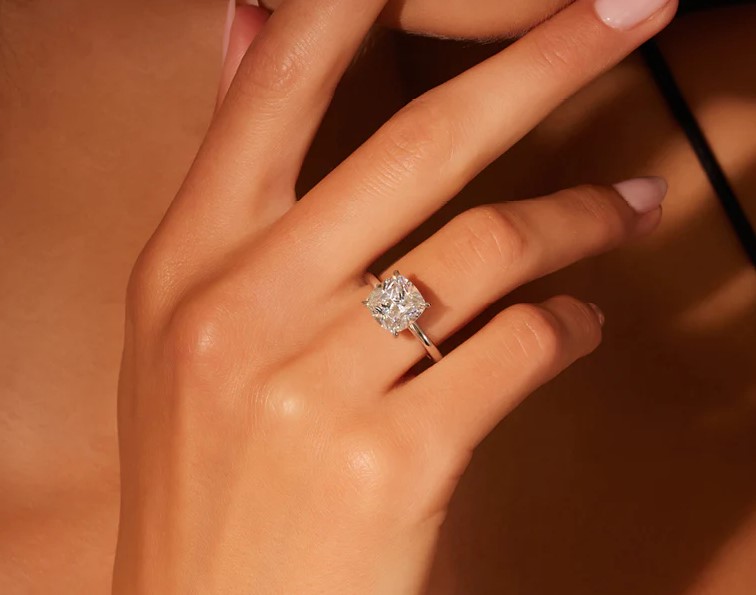
Last on the list hands down one of the most popular cuts of diamond, the cushion cut. It features rounded corners with larger facets and is commonly known as the pillow-cut diamond as well. What’s great about this particular cut of diamond is the versatility it provides. It complements your style, irrespective of what kind of aesthetic you are likely going for at that moment.
What is the Diamond Cut Grade Chart?
Knowing the different types of cuts isn’t enough if you don’t even know how to distinguish them in terms of quality.
As per GIA, there are five categories or grades when determining the quality of the cut of the diamond. Let us learn about them one by one:
- Excellent – As the term suggests, this cut grade of diamond is the one offering maximum brilliance and fire, so if you are someone who likes your diamond to sparkle from a mile away, this is the grade you need to look for.
- Very good – They are a lot similar to the excellent grade, especially when you are comparing or looking at two diamonds with the naked eye. In this cut, in particular, the light reflects through the table of the diamond, adding a lot of sparkle to the look of the diamond.
- Good – If you are on a budget but don’t want subpar cut diamonds with low fire or brilliance, the good category or grade makes up for the requirements.
- Fair – Due to the poor cut grade, the light that reflects through a fair cut grade diamond is quite little, which affects the brilliance, fire, and sparkle of the diamond in question. This cut is ideal if the carat weight of the diamond is also low.
- Poor – This is the cut grade that you want to avoid at all costs. They offer little to no sparkle in the diamond, meaning that you will regret purchasing without any questions.
Choosing the Perfect Cut Diamond
Buying any kind of diamond requires a lot of planning in hindsight. You have to be mindful of multiple factors, especially concerning the other Cs and the budget as well.
To make the process easier on you, we will discuss all the details about the steps you need to follow when choosing the perfect cut diamond:

- Budget
If you don’t want to compromise on the quality of the cut and the brilliance and sparkle of the diamond you are buying, it makes sense that you have to pay close attention to the budget without any questions. Instead of always going for an “Excellent” cut, you can settle for a “very good” cut grade since the difference in terms of visibility is very minimal but the price difference is stark.
- Light performance
If maximizing sparkle is your priority, a round brilliant or princess cut with an Excellent cut grade will deliver the most dazzling display of fire and brilliance. What’s great is if you get help from a professional jeweler about it.
- Shape and style
Next up, we have the shape and style of the diamond. Are you more into uneven shapes like Asscher cut or heart-shaped diamonds? Or, are you someone who likes classic cuts like round brilliant, pillow cut, etc? Either way, you’d have to prioritize your purchase based on your preferences.
- Clarity vs. brilliance
Emerald and Asscher cuts showcase exceptional clarity due to their large facets, but their brilliance might be slightly muted compared to round or princess cuts. Prioritize clarity if you value a flawless appearance or brilliance if sparkle is your primary concern.
Getting these factors out of the way when finalizing the purchase is quintessential. You can’t brush it aside, especially if you don’t want to compromise on the quality of the diamond cut in question.
What are the Factors Related to the Cut of the Diamond that Affect the Appearance?
When you are buying a diamond, it makes sense that you are looking for an option with optimal sparkle and brilliance. Determining the individual factors in that case is quintessential. There are several factors involved that influence the diamond’s brilliance besides the cut.
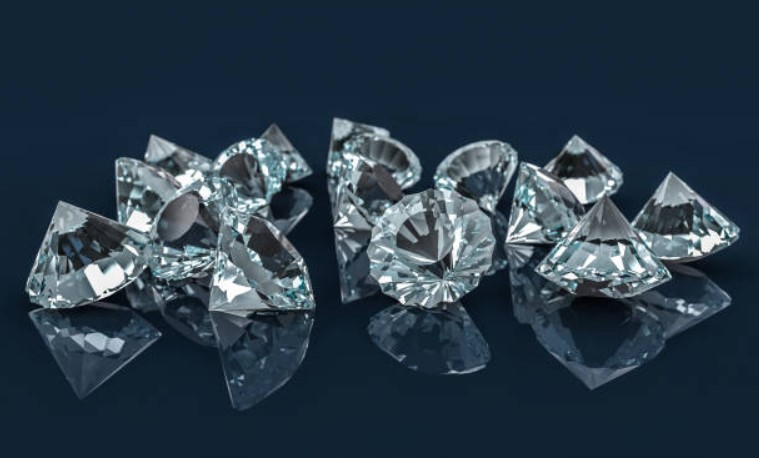
These factors include:
- Proportions
- Symmetry of the diamond’s cut
- Brilliance
- Fire
- Scintillation
- Finishing details
Any kind of low-quality or craftmanship in the above elements will inadvertently affect the quality of the diamond and how “premium” it looks to the naked eye.
What Determines the Quality of the Diamond’s Cut?
Besides the appearance, when you are spending a good chunk of money on a specific cut of the diamond, it makes sense that you have to pay attention to the factors affecting the quality of the cut of the diamond.
Here’s a breakdown:
- Proportions – This refers to the relative sizes and angles of the various facets. A well-proportioned diamond will ensure optimal light return, maximizing brilliance and fire.
- Symmetry – The facets should be arranged evenly and precisely, creating a visually balanced and aesthetically pleasing diamond.
- Polish – The smoothness and finish of the facets significantly impact light reflection. A highly polished diamond will sparkle more than one with a dull or uneven finish.
When you are looking for a diamond with a high-quality and precise cut, the easiest way to distinguish is by checking out the facets and how the light is reflecting off of the diamond. The brighter and more sparkly the diamond looks, the higher the quality of the cut.
Are the Diamond Cut and Diamond Shape the Same?
One of the most common misconceptions that people have related to diamond cuts is thinking it’s the same as the shape of the diamond. That’s not the case.

Diamond cut depicts the facets and the symmetry of the diamond through which the light reflects to offer the brilliance and sparkle that’s characteristic of a diamond. The diamond shape, on the other hand, is just what it states – It depicts how the diamond is shaped, be it square, circular, oval, heart, uneven or asymmetrical, etc.
So, if you were confused between the two, we’d have to reiterate that they are completely different and have no correlation or similarity.
Does the Diamond Cut Influence the Price of the Diamond?
A 100% yes. The diamond’s price is determined by the interplay between the 4Cs, among which the cut is an integral part.

The higher the cut grade, the higher would be the price of the diamond. So, if you are comparing a diamond with an “excellent” cut grade with one with a “good” cut grade, the difference in the pricing with be stark, to say the least.
It is always ideal that you get all the basics of the diamond cut specified in the certification of the diamond so you can reclaim its value in the future when it comes to reselling or exchanging the diamond for something else.
Conclusion
The cut of the diamond is one of the most important factors influencing the quality and pricing of the diamond. If you have been curious about its significance and the kind of role it plays in determining the value of the diamond, we hope this answers your questions in detail. If you have any further questions, feel free to reach out to us for more details.

